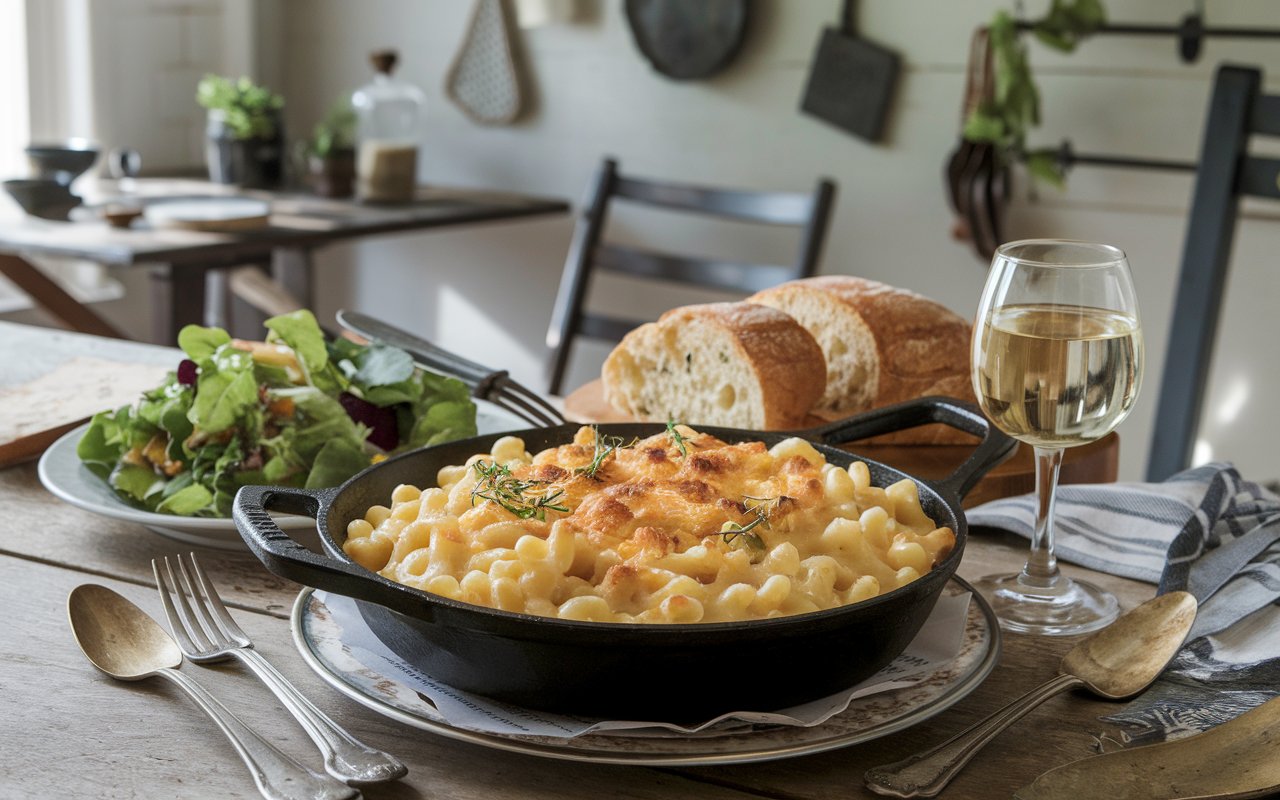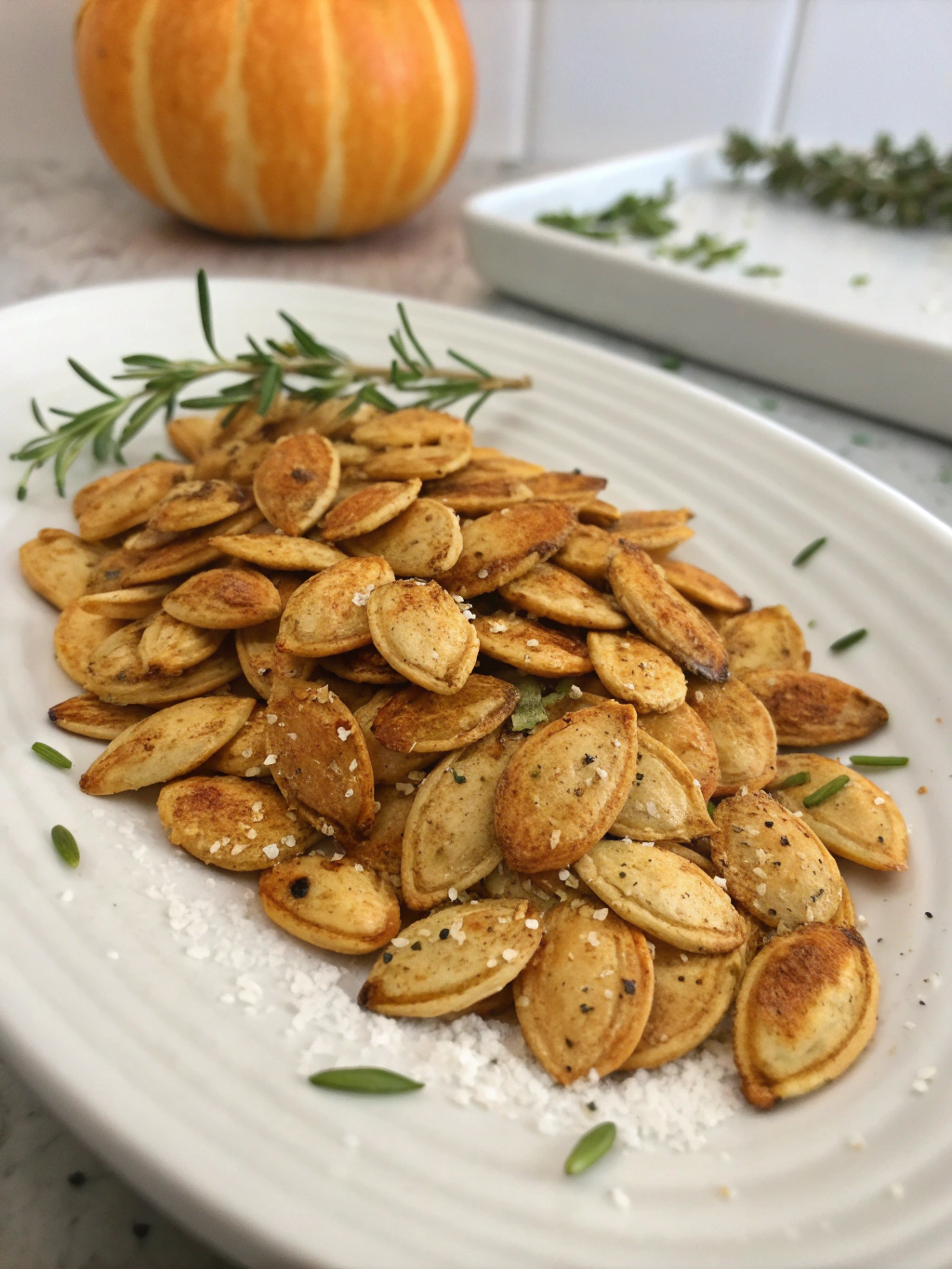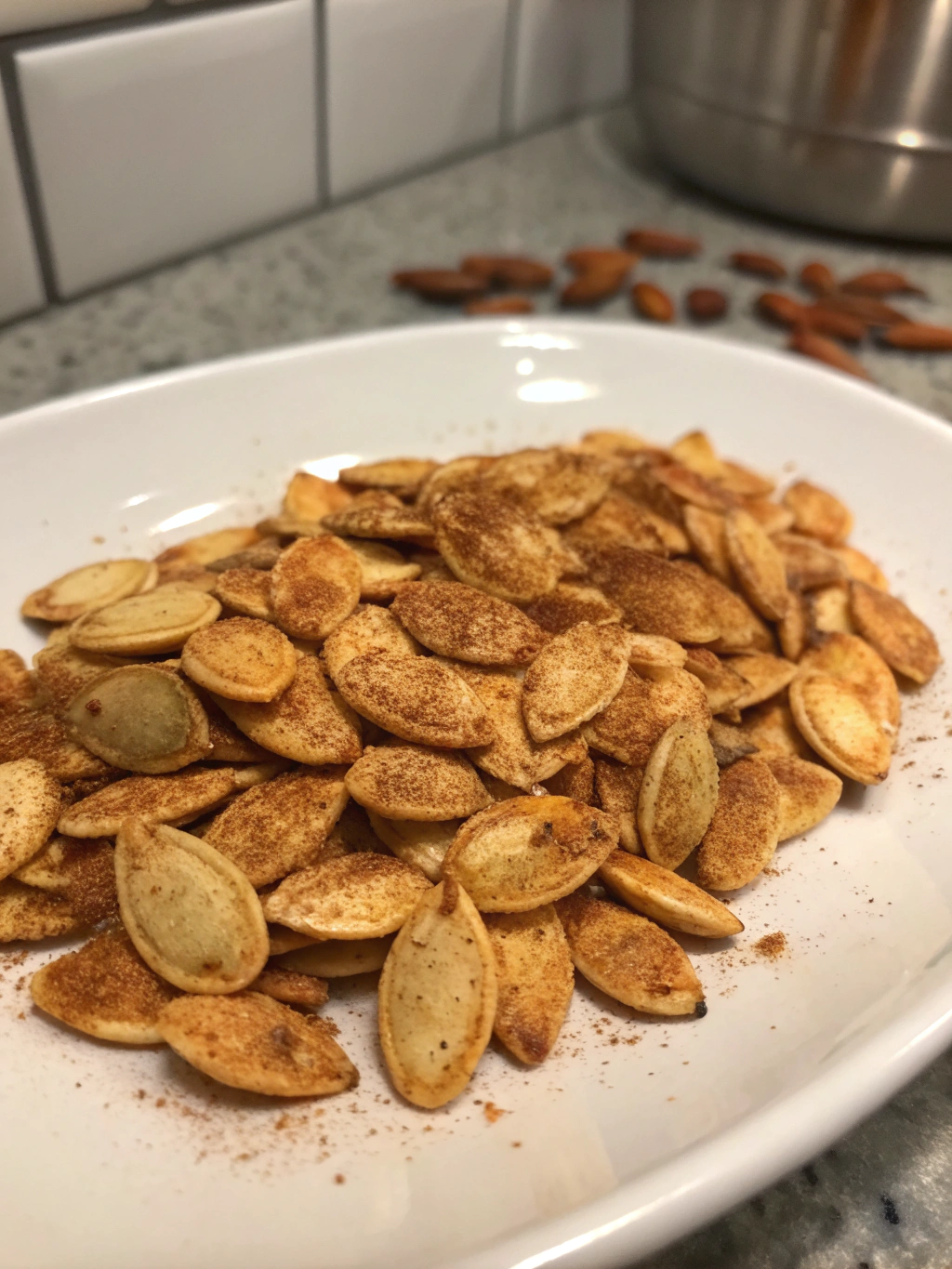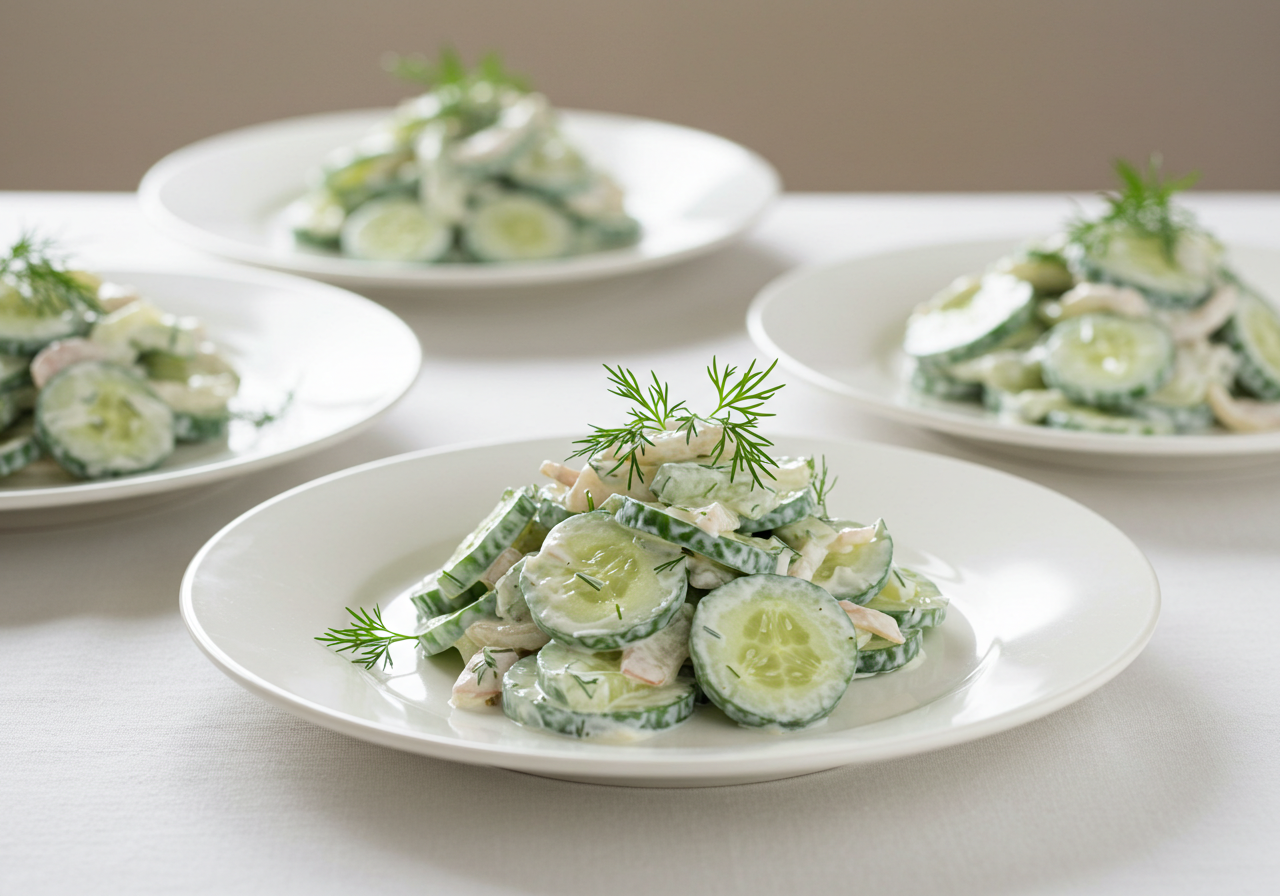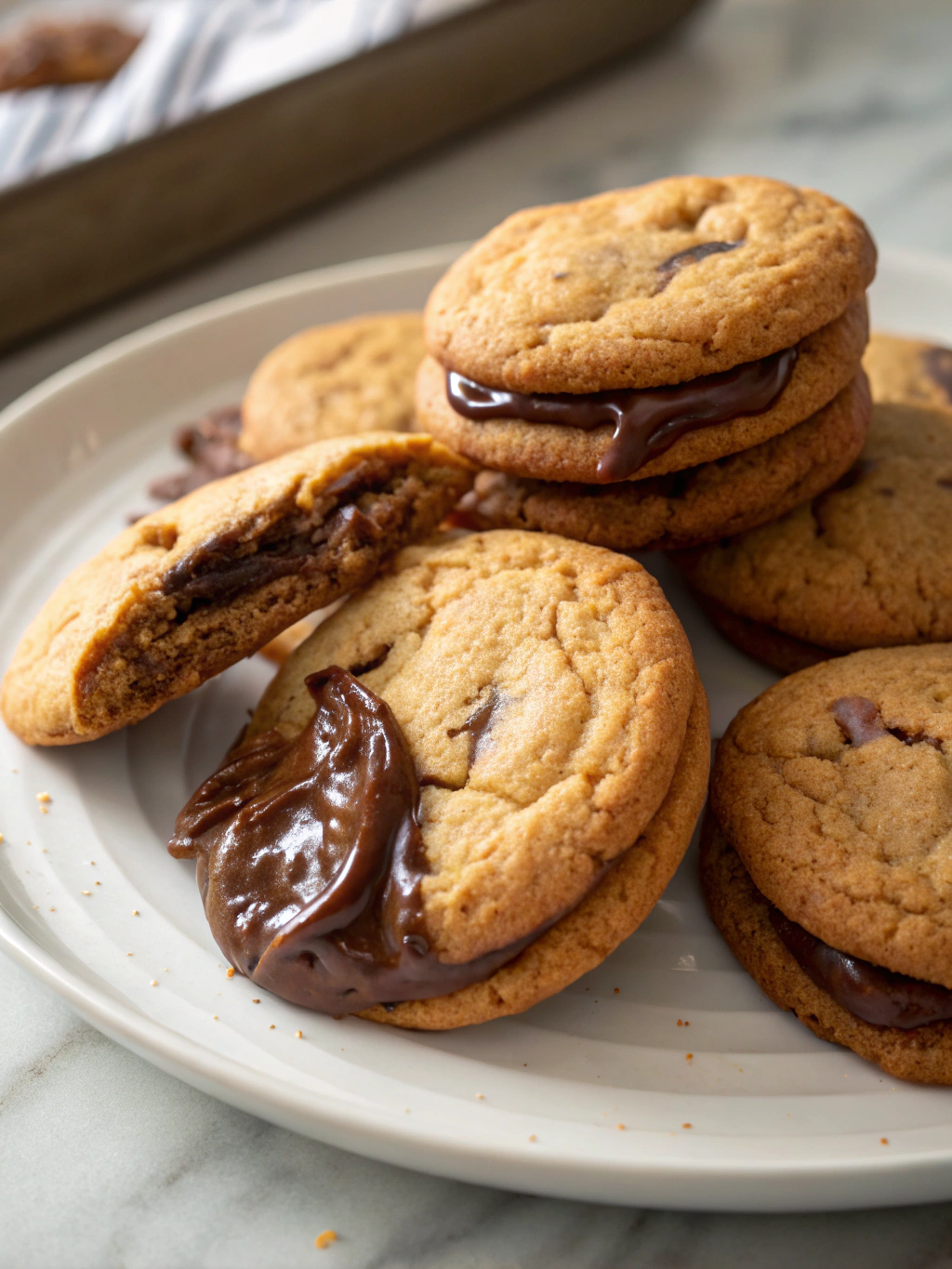White Cheddar Mac and Cheese has solidified its place as a timeless comfort food. Its warm, creamy texture and cheesy goodness make it a staple on dinner tables and restaurant menus worldwide. Whether it’s a quick weeknight meal or a side dish at a family gathering, mac and cheese brings joy with every bite.
Among the many variations of this beloved dish, white cheddar mac and cheese stands out as a sophisticated twist on the classic recipe. Unlike traditional yellow cheddar, white cheddar offers a milder, more nuanced flavor profile. Its creamy texture and subtle sharpness elevate mac and cheese to gourmet levels, appealing to both casual eaters and food enthusiasts alike. This combination of elegance and nostalgia has cemented white cheddar mac and cheese as a favorite in modern cuisine.
The Origins of Mac and Cheese
The history of macaroni and cheese dates back centuries, with its origins rooted in European culinary traditions. Early recipes for the dish appeared in Italian and French cuisine, combining pasta with rich, creamy sauces made from butter and cheese. In 14th-century Italy, a precursor to mac and cheese called “de lasanis” featured layers of pasta sheets with grated cheese and spices. Similarly, in France, a dish known as “macaroni à l’anglaise” became popular in the 18th century.
Mac and cheese gained widespread fame in the United States during the 1800s, thanks in part to Thomas Jefferson, who encountered pasta dishes during his travels in Europe. He brought back pasta-making equipment and recipes, sharing his love for the dish with others. By the mid-20th century, mac and cheese had evolved into a quintessential American comfort food, particularly after the introduction of convenient boxed versions.
The Rise of White Cheddar in Mac and Cheese Recipes
While traditional mac and cheese recipes often called for yellow cheddar, the use of white cheddar gained prominence as people sought to elevate the dish. White cheddar, made from cow’s milk without artificial coloring, is known for its smooth, creamy texture and balanced flavor. It is less tangy and salty compared to its yellow counterpart, offering a more refined taste.
The incorporation of white cheddar in mac and cheese became especially popular in gourmet and artisanal cooking. As chefs experimented with premium ingredients to reinvent classic recipes, white cheddar emerged as a versatile cheese that paired well with a variety of add-ins, from herbs to proteins like lobster or bacon. This trend helped white cheddar mac and cheese carve out a special place in the culinary world, where it continues to be celebrated as a creamy, indulgent delight.
Why Choose White Cheddar for Mac and Cheese?
White cheddar has become a favorite choice for mac and cheese enthusiasts, offering a distinctive twist on the traditional recipe. Its unique flavor profile and nutritional benefits set it apart from regular cheddar, making it an excellent option for those seeking a richer and more nuanced culinary experience.
The Unique Flavor Profile of White Cheddar
White cheddar is known for its creamy, mild, and subtly sharp flavor. Unlike yellow cheddar, which is often characterized by a more pronounced tang and saltiness, white cheddar offers a smoother and more balanced taste. This makes it particularly well-suited for mac and cheese, as it enhances the dish’s creaminess without overpowering the palate.
Additionally, white cheddar’s flavor pairs beautifully with a variety of ingredients. Whether combined with herbs like thyme or rosemary, proteins like chicken or lobster, or vegetables like broccoli or caramelized onions, white cheddar serves as a versatile base that elevates the overall dish. Its ability to melt smoothly also ensures that every bite of mac and cheese is rich and velvety.
Nutritional Benefits of White Cheddar
White cheddar shares many of the same nutritional properties as regular cheddar but offers a few distinct advantages:
- No Artificial Coloring: One of the most notable differences is that white cheddar lacks the annatto or artificial coloring agents commonly added to yellow cheddar. This makes white cheddar a more natural choice for those who prefer minimally processed foods.
- Rich in Protein and Calcium: Like all cheeses, white cheddar is a great source of protein and calcium, both of which are essential for maintaining strong bones and muscles. A serving of white cheddar in mac and cheese can contribute to your daily intake of these vital nutrients.
- Lower Sodium and Fat (Varieties Available): Some brands of white cheddar offer reduced-sodium or lower-fat options, making it a healthier choice for those looking to manage their dietary intake while still enjoying a creamy, indulgent dish.
By combining its exquisite flavor and nutritional perks, white cheddar has earned its place as a go-to ingredient for mac and cheese. Its natural richness and adaptability ensure that your next mac and cheese creation will be both delicious and satisfying.
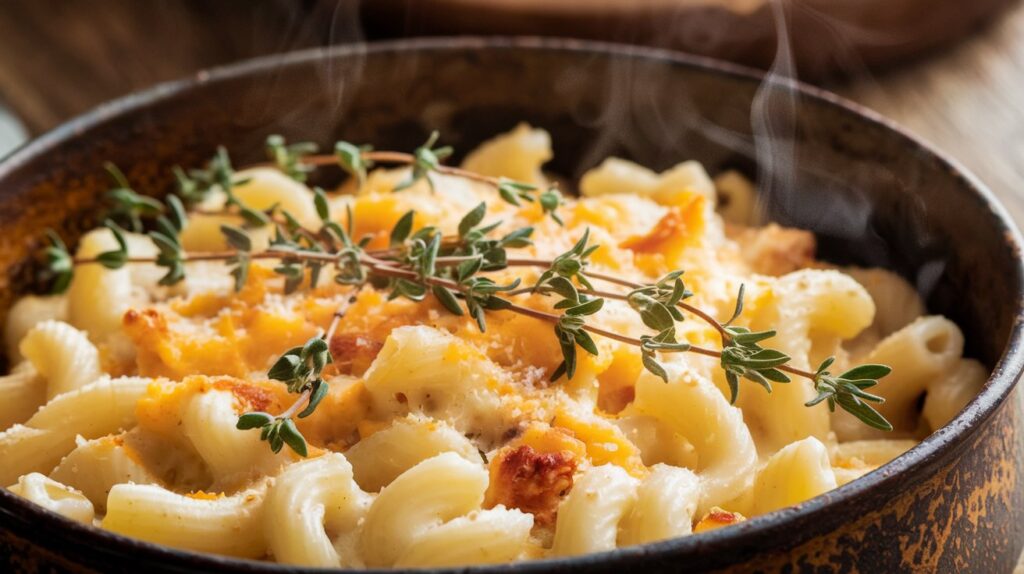
Essential Ingredients for White Cheddar Mac and Cheese
Creating the perfect white cheddar mac and cheese starts with high-quality core ingredients and can be enhanced with flavorful additions. Here’s what you’ll need:
Core Ingredients:
- Pasta: Choose classic elbow macaroni for a traditional touch, or try cavatappi, shells, or penne for a more modern twist. Look for pasta with ridges to hold the creamy cheese sauce better.
- White Cheddar Cheese: The star of the dish. Opt for sharp or extra-sharp white cheddar for a more pronounced flavor. Freshly shredding the cheese ensures a smoother melt.
- Milk: Whole milk works best for a rich and creamy sauce, but you can use 2% milk or even heavy cream for different textures and calorie levels.
- Butter: Unsalted butter provides the base for the roux, which thickens the cheese sauce.
- Seasoning: A pinch of salt, black pepper, and a dash of nutmeg or paprika can bring out the cheese’s natural flavor.
Optional Additions:
- Flavor Enhancers: Add garlic powder, onion powder, or Dijon mustard for depth of flavor.
- Proteins: Cooked bacon, shredded chicken, or lobster chunks make the dish more substantial.
- Vegetables: Steamed broccoli, caramelized onions, or spinach can add nutrition and texture.
- Crunchy Toppings: Top with breadcrumbs or crushed crackers mixed with melted butter for a crispy baked finish.
Tools and Equipment You’ll Need
Proper tools can make preparing white cheddar mac and cheese effortless. Here are the essentials and some alternatives for easier cooking:
Essential Kitchen Tools:
- Large Pot: For boiling the pasta.
- Saucepan: To prepare the cheese sauce.
- Whisk: Crucial for blending the roux and preventing lumps in the sauce.
- Cheese Grater: For shredding the white cheddar.
- Colander: To drain the pasta.
- Baking Dish (Optional): If you plan to bake your mac and cheese.
Alternative Tools for Easier Cooking:
- Microwave-Safe Bowl: For melting butter if you’re short on stovetop space.
- Immersion Blender: To achieve an ultra-smooth cheese sauce.
- Nonstick Pan: Easier cleanup after cooking.
- Slow Cooker: For a hands-off cooking method, especially for large gatherings.
With these ingredients and tools, you’ll be well-equipped to create a delicious white cheddar mac and cheese that’s sure to impress.
How to Make the Best White Cheddar Mac and Cheese
Step-by-Step Recipe for White Cheddar Mac and Cheese
Creating the ultimate white cheddar mac and cheese involves simple steps and a few expert tips to achieve a creamy, satisfying dish.
Ingredients:
- 12 oz pasta (elbows, shells, or cavatappi)
- 3 tbsp unsalted butter
- 3 tbsp all-purpose flour
- 2 ½ cups whole milk (warm)
- 2 cups freshly shredded white cheddar cheese
- Salt and black pepper to taste
- Optional: ½ tsp garlic powder, ¼ tsp paprika, or a pinch of nutmeg
Instructions:
- Cook the Pasta:
- Boil pasta in salted water according to package instructions until al dente. Drain and set aside.
- Prepare the Roux:
- In a saucepan, melt butter over medium heat. Whisk in the flour, stirring constantly for 1-2 minutes until lightly golden.
- Add Milk:
- Gradually pour in warm milk while whisking to avoid lumps. Continue to stir until the mixture thickens (about 3-5 minutes).
- Incorporate the Cheese:
- Reduce heat to low and slowly stir in the shredded white cheddar until fully melted and smooth.
- Season the Sauce:
- Add salt, pepper, and optional seasonings like garlic powder or paprika for enhanced flavor.
- Combine Pasta and Sauce:
- Toss the cooked pasta with the cheese sauce until evenly coated. For a baked version, transfer to a greased baking dish, sprinkle with breadcrumbs, and bake at 375°F for 15 minutes until golden and bubbly.
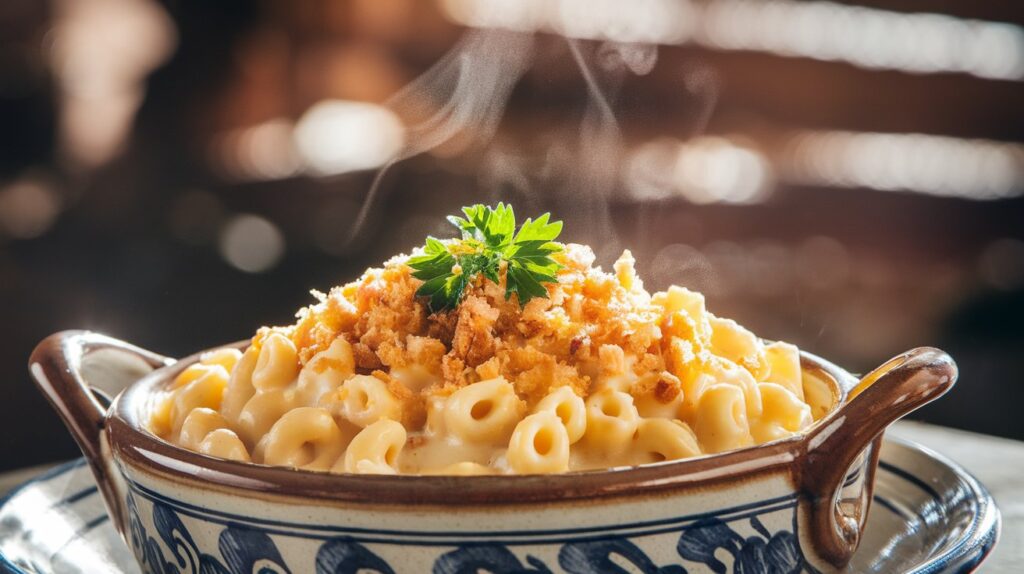
Tips for the Creamiest Consistency:
- Use freshly shredded cheese instead of pre-packaged shredded cheese, as the latter contains anti-caking agents that can prevent smooth melting.
- Warm the milk before adding it to the roux to avoid temperature shock, which can cause lumps.
- Stir the sauce continuously to maintain a velvety texture.
Variations of White Cheddar Mac and Cheese
White cheddar mac and cheese is incredibly versatile, allowing for endless customization to suit different tastes and occasions.
Adding Protein:
- Bacon: Cook and crumble bacon, then mix it into the cheese sauce or sprinkle on top for a smoky crunch.
- Chicken: Add shredded rotisserie chicken for a hearty, protein-packed dish.
- Lobster: Fold in chunks of cooked lobster to create a luxurious version perfect for special occasions.
Vegetarian Variations:
- Spinach: Stir in sautéed spinach for added nutrients and a touch of earthiness.
- Mushrooms: Sauté mushrooms in butter and garlic before mixing them into the pasta for a savory boost.
- Broccoli: Steam broccoli florets and toss them in for a healthy, colorful addition.
Gluten-Free and Vegan Adaptations
Gluten-Free Options:
- Pasta: Substitute regular pasta with gluten-free varieties made from rice, quinoa, or chickpeas.
- Roux: Replace all-purpose flour with gluten-free alternatives like cornstarch, rice flour, or gluten-free all-purpose blends.
Vegan-Friendly Alternatives:
- Dairy-Free Cheese: Use vegan white cheddar cheese or a combination of nutritional yeast and dairy-free cream cheese for a rich flavor.
- Milk Substitute: Replace whole milk with unsweetened almond milk, oat milk, or cashew milk.
- Butter Alternative: Use plant-based butter or coconut oil for the roux.
- Protein Add-Ins: Consider plant-based proteins like chickpeas, tempeh, or vegan sausage for a hearty addition.
By following these recipes and variations, you can create a white cheddar mac and cheese that caters to any dietary preference while maintaining its signature creamy, indulgent taste.
Tips and Tricks for Perfect White Cheddar Mac and Cheese
Choosing the Right Pasta
The pasta you choose can make a significant difference in how well your mac and cheese holds the creamy white cheddar sauce. Selecting the right shape and texture ensures every bite is flavorful and satisfying.
Best Pasta Shapes for Holding the Sauce:
- Elbow Macaroni: A classic choice, its hollow shape captures the sauce, ensuring maximum cheesiness.
- Cavatappi: This corkscrew-shaped pasta provides ample surface area for the sauce to cling to.
- Shells: Their cup-like form cradles the cheese sauce, making every bite indulgent.
- Penne or Rigatoni: The ridges on these tubular pastas help the sauce adhere better.
Creative Pasta Options for a Unique Twist:
- Farfalle (Bowties): Adds a playful, elegant touch to the dish.
- Orecchiette: The small, ear-shaped pasta holds just the right amount of sauce.
- Fusilli or Rotini: Spiral shapes ensure even coating of the cheese sauce.
Secrets to a Silky Smooth Cheese Sauce
A creamy cheese sauce is the heart of great mac and cheese. Avoid common pitfalls and follow these tips to achieve a luscious, silky sauce.
Avoiding Common Mistakes:
- Curdling: Prevent overheating by keeping the sauce over low to medium heat. High temperatures can cause the cheese to separate and curdle.
- Clumping: Avoid adding all the cheese at once. Gradually stir in small amounts to ensure even melting.
The Importance of Gradual Heating and Proper Mixing:
- Warm Ingredients: Use room-temperature or slightly warm milk to avoid shocking the roux, which can lead to lumps.
- Constant Whisking: Stir the sauce continuously while adding the milk and cheese to maintain a smooth consistency.
- Freshly Grated Cheese: Pre-shredded cheese often contains anti-caking agents that hinder smooth melting. Grate your cheese fresh for the best results.
Enhancing Flavor with Seasonings
While white cheddar offers a creamy and sharp base, carefully chosen seasonings can elevate its flavor to new heights.
Spices and Herbs That Pair Well with White Cheddar:
- Garlic Powder and Onion Powder: Add depth and savory notes.
- Paprika or Smoked Paprika: Introduces a subtle smokiness or sweetness.
- Mustard Powder: Enhances the tanginess of the cheddar.
- Herbs: Thyme, parsley, or chives add a fresh, aromatic touch.
Balancing Flavors with Acidity or Sweetness:
- Acidity: A splash of lemon juice, white wine, or a teaspoon of Dijon mustard brightens the richness of the cheese.
- Sweetness: Add a hint of honey, maple syrup, or caramelized onions to balance the sharpness of the cheddar.
By mastering pasta selection, perfecting your cheese sauce technique, and experimenting with seasonings, you’ll create a white cheddar mac and cheese that’s not only creamy but also bursting with flavor.
Conclusion
White cheddar mac and cheese is more than just a dish—it’s a celebration of comfort, creativity, and indulgence. Its creamy texture and subtle sharpness make it a versatile canvas, perfect for everything from a quick family dinner to a gourmet feast. With countless options for customization, including proteins, vegetables, and seasonings, this beloved dish can be adapted to suit any taste or occasion.
Whether you stick to a classic recipe or explore creative variations, white cheddar mac and cheese invites you to experiment and make it your own. From choosing unique pasta shapes to enhancing flavors with bold spices or crunchy toppings, every tweak adds a personal touch to this timeless favorite.
So, roll up your sleeves, gather your favorite ingredients, and let your culinary imagination take over. With a little effort and creativity, you can turn white cheddar mac and cheese into a masterpiece that’s as satisfying to make as it is to eat.
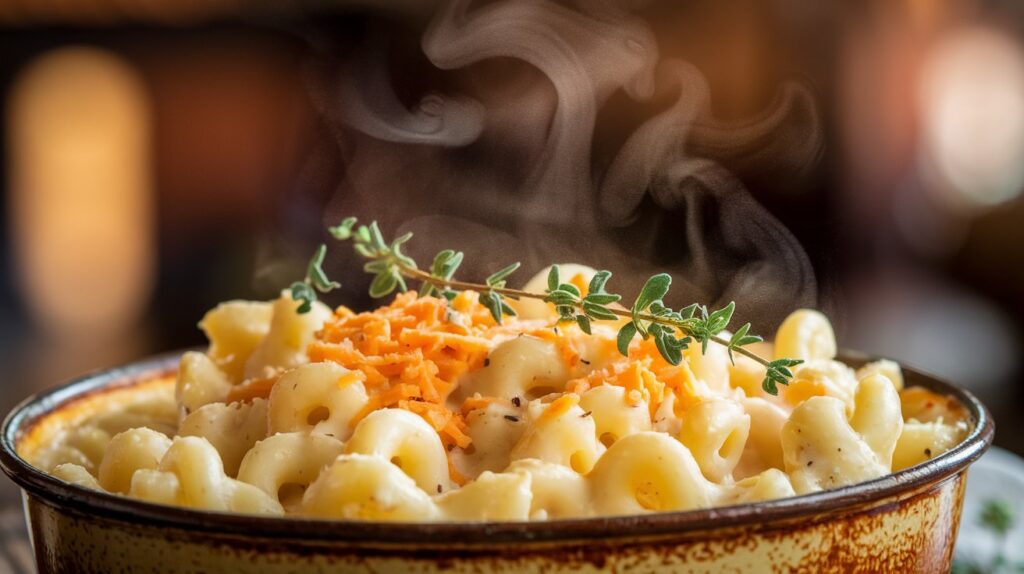
FAQs
What makes white cheddar different from yellow cheddar?
White cheddar differs from yellow cheddar primarily in appearance and flavor. White cheddar is made without the addition of annatto or artificial coloring, giving it a natural ivory hue. Its flavor tends to be slightly milder and creamier than yellow cheddar, which often has a more pronounced tanginess. Both can be used in mac and cheese, but white cheddar offers a refined taste and pairs well with a variety of ingredients.
Can I use pre-shredded cheese for this recipe?
While you can use pre-shredded cheese for convenience, it’s not ideal. Pre-shredded cheese often contains anti-caking agents like cellulose, which can affect the smoothness of your cheese sauce. For the best results, shred fresh white cheddar—it melts more evenly and creates a creamier texture.
What is the best type of milk to use in the sauce?
Whole milk is the best choice for a rich and creamy cheese sauce. It provides the perfect balance of fat and liquid for a smooth consistency. If you prefer a lighter sauce, you can use 2% milk, but avoid skim milk as it lacks the necessary fat content. For extra indulgence, consider using half-and-half or a mix of milk and heavy cream.
How can I prevent my cheese sauce from becoming grainy?
Grainy cheese sauce is often caused by overheating or adding cheese too quickly. To prevent this:
- Heat Gradually: Keep the sauce over low to medium heat and avoid boiling it.
- Add Cheese Slowly: Stir in the cheese in small batches, allowing each portion to fully melt before adding more.
- Use Freshly Shredded Cheese: As mentioned, fresh cheese melts better than pre-shredded varieties.
- Avoid Acid Shock: If using acidic ingredients like mustard or lemon juice, add them after the cheese has melted to prevent curdling.
Can I prepare this dish ahead of time for a dinner party?
Yes, white cheddar mac and cheese can be prepared ahead of time. To do so:
- Prepare the Dish: Assemble the mac and cheese but stop short of baking it.
- Refrigerate: Cover the dish tightly and store it in the refrigerator for up to 24 hours.
- Bake Before Serving: When ready to serve, bake the dish at 375°F (190°C) for 20–25 minutes, adding a little milk or cream if it seems dry.
- For Reheated Portions: Follow stovetop or microwave reheating tips for individual servings.
Preparing ahead ensures a stress-free dinner party while still delivering a delicious, crowd-pleasing dish.
Enhance Your White Cheddar Mac and Cheese Journey
For those seeking more inspiration, consider exploring Cavatappi Mac and Cheese for a unique pasta shape that holds sauces exceptionally well, or try pairing your dish with a fresh and vibrant Creamy Avocado Salad to add a refreshing contrast to your creamy creation. If you’re looking for a comforting, protein-rich alternative, the Broccoli, Ziti, and Chicken Recipe offers a delightful twist that complements the richness of white cheddar. Dive into these recipes and let your creativity shine in the kitchen!

